I've created a Kubernetes deployment. However, there seem to be additional pods running - that I'm hoping to be able to delete the unnecessary ones.
I see no need to run the dashboard container. I'd like to remove it to free up CPU resources.
How can I disable this container from starting up? Preferably from the deployment config.
Essentially the following pod:
kubectl get pods --all-namespaces | grep "dashboard"
kube-system kubernetes-dashboard-490794276-sb6qs 1/1 Running 1 3d
Additional information:
Output of kubectl --namespace kube-system get deployment:
NAME DESIRED CURRENT UP-TO-DATE AVAILABLE AGE
heapster-v1.3.0 1 1 1 1 3d
kube-dns 2 2 2 2 3d
kube-dns-autoscaler 1 1 1 1 3d
kubernetes-dashboard 1 1 1 1 11m
l7-default-backend 1 1 1 1 3d
Output of kubectl --namespace kube-system get rs:
NAME DESIRED CURRENT READY AGE
heapster-v1.3.0-191291410 1 1 1 3d
heapster-v1.3.0-3272732411 0 0 0 3d
heapster-v1.3.0-3742215525 0 0 0 3d
kube-dns-1829567597 2 2 2 3d
kube-dns-autoscaler-2501648610 1 1 1 3d
kubernetes-dashboard-490794276 1 1 1 12m
l7-default-backend-3574702981 1 1 1 3d


